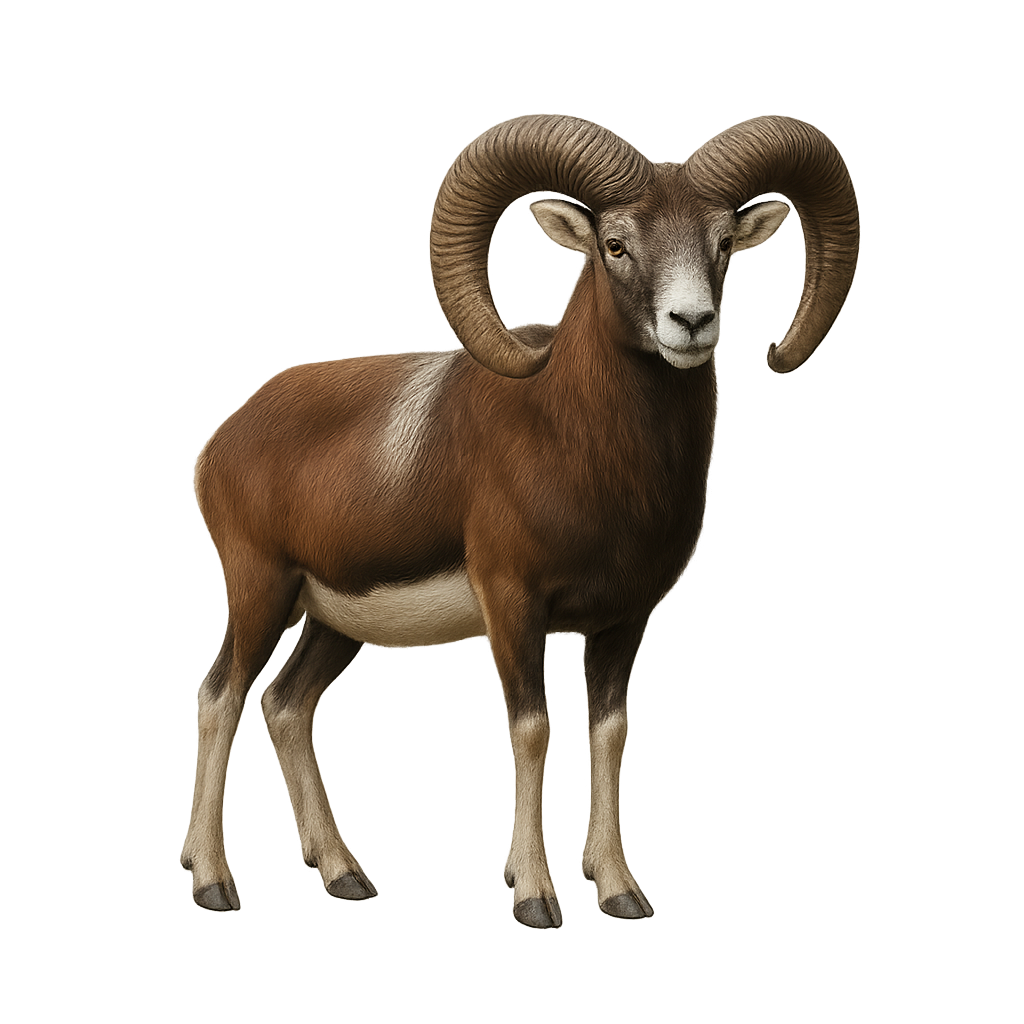Your wildlife photography guide.
Explore the asian mouflon in detail, study its behavior, prepare your shots.
Where to observe and photograph the asian mouflon in the wild
Learn where and when to spot the asian mouflon in the wild, how to identify the species based on distinctive features, and what natural environments it inhabits. The WildlifePhotographer app offers tailored photography tips that reflect the asian mouflon’s behavior, helping you capture better wildlife images. Explore the full species profile for key information including description, habitat, active periods, and approach techniques.
Asian Mouflon
Scientific name: Ovis orientalis

IUCN Status: Near Threatened
Family: BOVIDAE
Group: Mammals
Sensitivity to human approach: Shy
Minimum approach distance: 50 m
Rut period: October to November
Gestation: 150-155 jours
Births: March to April
Habitat:
Rocky mountains, alpine meadows, sparse forests
Activity period :
Primarily active during the day, with peak activity in the morning and late afternoon.
Identification and description:
The Asian mouflon, or Ovis orientalis, is a mammal from the Bovidae family, native to the mountains of Western Asia. It is recognizable by its large, spiraled horns, especially prominent in males. Its coat ranges from brown to gray, with lighter shades on the belly and legs. Mouflons live in herds, often segregated by sex, and navigate rugged, rocky terrains. They are herbivores, primarily feeding on grasses and low-growing plants. Their social behavior is complex, with established hierarchies within groups. Males compete during the rutting season to assert dominance and gain access to females.
Recommended lens:
400 mm – adjust based on distance, desired framing (portrait or habitat), and approach conditions.
Photography tips:
To photograph the Asian mouflon, it is advisable to use a telephoto lens of at least 400mm to capture detailed images without disturbing the animal. The best times to observe them are early in the morning or late in the afternoon when the light is soft and the mouflons are more active. Focus on rocky areas and alpine meadows to maximize your chances of encounters. Be patient and discreet, maintaining a safe distance of at least 50m to avoid scaring them.
The WildlifePhotographer App is coming soon!
Be the first to explore the best nature spots, track rutting seasons, log your observations, and observe more wildlife.
Already 1 431 wildlife lovers subscribed worldwide

